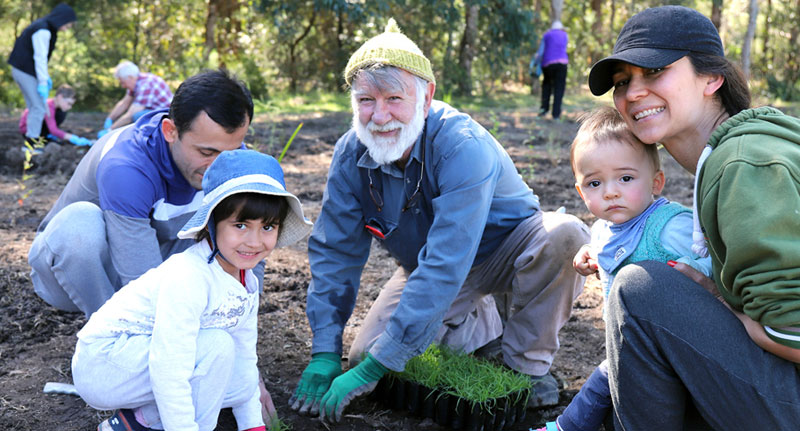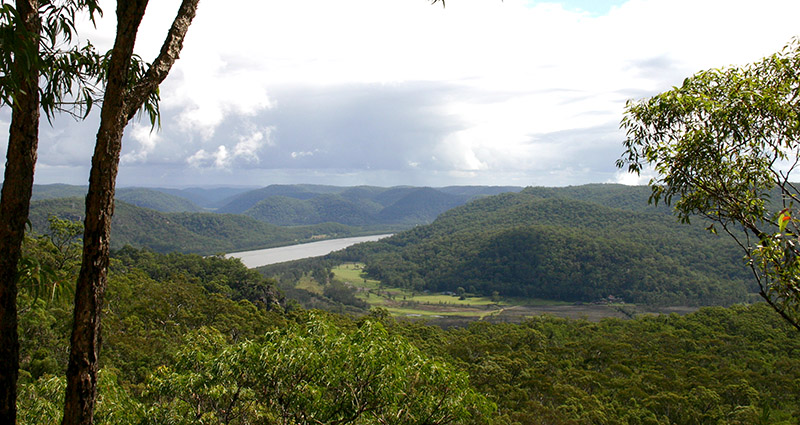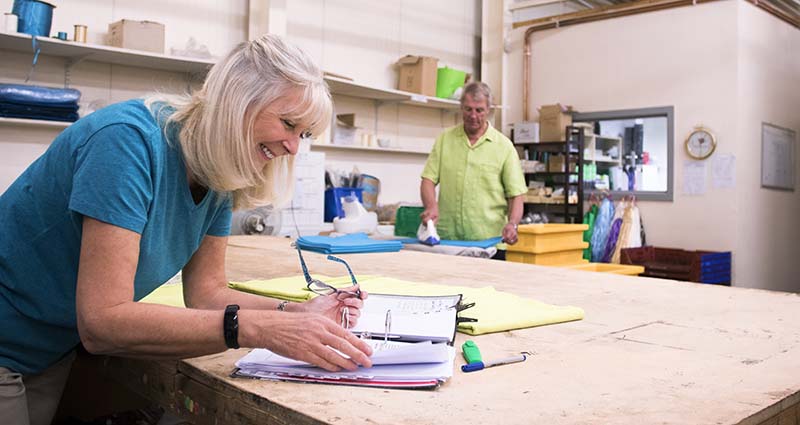Management of Harmful Algal Blooms
Algal Bloom Notifications
There are currently no algae blooms.
If you are concerned about a bloom in our waterways please report it.
Algal blooms in the Lower Hawkesbury estuary, in particular Berowra Creek estuary, are a regular occurrence and for this reason Council keeps an eye on algae activity through our intensive monitoring program.
Chlorophyll-a (Chl-a) concentration is widely accepted as a useful indicator of algal productivity, and with this in mind, Council monitors Chl-a levels as an early warning sign of potential algal blooms. Algal blooms are monitored by using the information from our telemetered water quality monitoring stations in addition to the collection of grab water samples for laboratory analysis of Chl-a and algae identification and enumeration. You can access real-time information from the telemetered water quality stations.
It is important to remember that not all algae are harmful, in fact, algae are an integral part of the food web in aquatic systems and provide food for higher organisms such as zooplankton. An algal bloom occurs when one particular type (species) of algae grows much more quickly than other species. This can cause discolouration of the water or a reduction in the levels of dissolved oxygen when the large volume of algae eventually decomposes (which can cause fish kills). Some species of algae can also produce toxins that can be harmful to fish, birds, and humans.
Council follows strict procedures for algal bloom monitoring and reporting as per procedures from the NSW Regional Algae Coordinating Committee.
In addition, Hornsby Shire Council and the Climate Change Cluster (C3) at the University of Technology (Sydney) have developed a decision support tool called Algalert which provides coastal managers with the necessary information to monitor and respond to Harmful Algal Blooms (HABs). To find out specific information about a certain species of harmful algae visit the Algalert website.







